Advertisement
Essential Money Order Facts You Should Know
Advertisement
Money orders might seem a bit old-school, but they remain a secure way to transfer funds, especially through the mail. They offer sellers peace of mind and are often preferred over personal checks. The payment is guaranteed, and you can easily buy money orders from various places, making them super convenient. Here’s what you need to know about money orders.
What Is a Money Order?
A money order is similar to a check, but the key difference is that you don’t need a checking account to get one. Think of it as a cashier’s check that you can buy outside of a bank. Typically, you pay for a money order upfront, usually in cash, and it’s valid for the specified amount printed on it. Treat a money order like cash, as it’s valuable and can be used for secure payments.
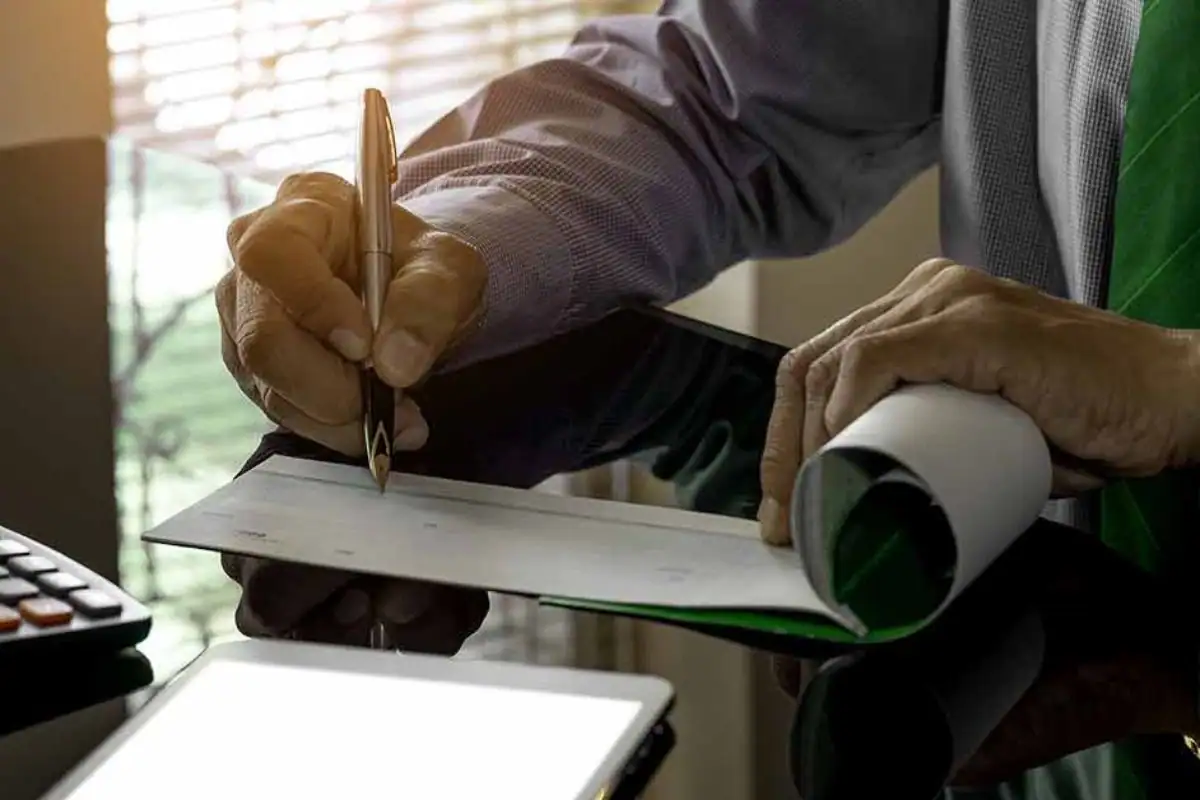
Advertisement
Where Can You Buy a Money Order?
The most common place to purchase a money order is at the post office. However, you can also buy them at Western Union offices, many supermarkets, big box stores, and convenience stores. Banks, credit unions, and check-cashing services also offer money orders. These establishments guarantee the money transferred since they receive the full amount from you when issuing it.
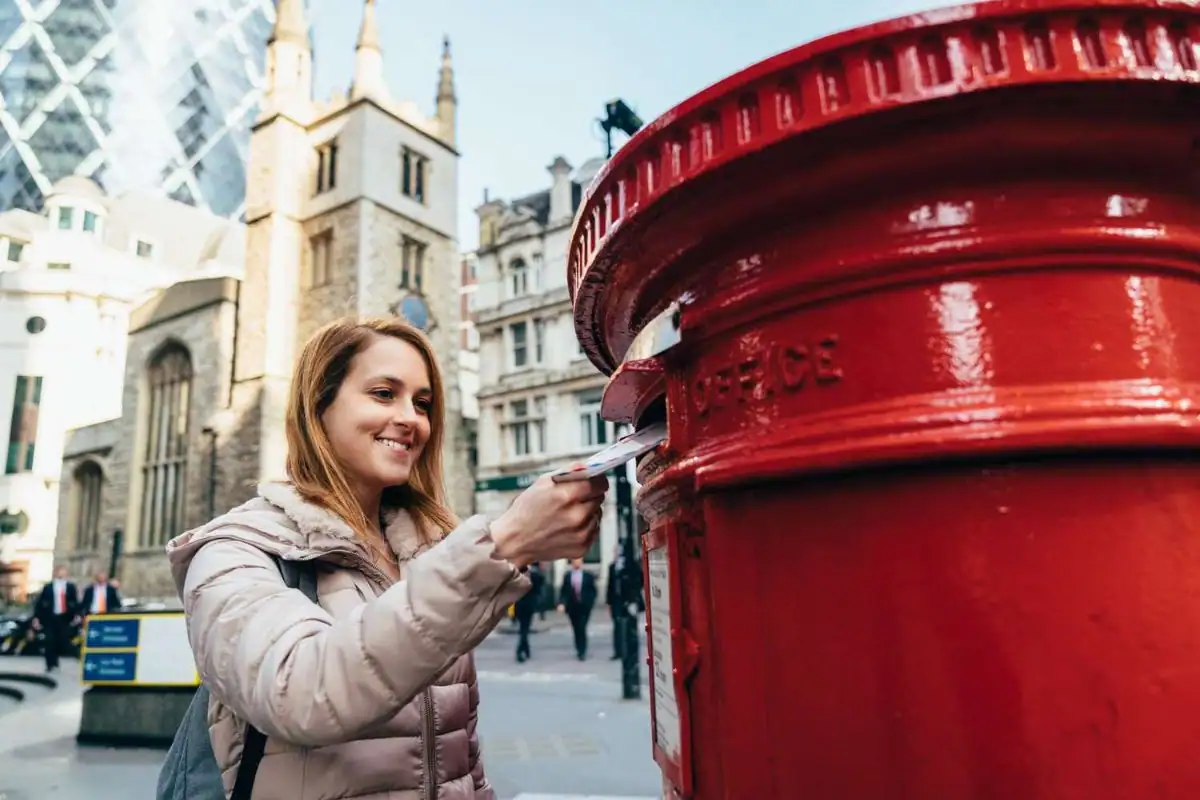
Advertisement
How Much Does a Money Order Cost?
Money order fees vary, ranging from less than a dollar to a few dollars, plus the amount being transferred. Unless your bank provides free cashier’s checks, money orders are one of the most cost-effective ways to transfer money. This is particularly true for sending money internationally, where other methods can be more expensive.

Advertisement
Why Use a Money Order?
Money orders are practical for making payments when cash or personal checks aren't an option. If a seller doesn’t accept checks, a money order is a reliable alternative. They’re also helpful if you don’t have a checking account but need to pay bills. Unlike cash, which can get lost or stolen, or checks that reveal your banking details, money orders offer an extra layer of security since only the intended recipient can cash them.
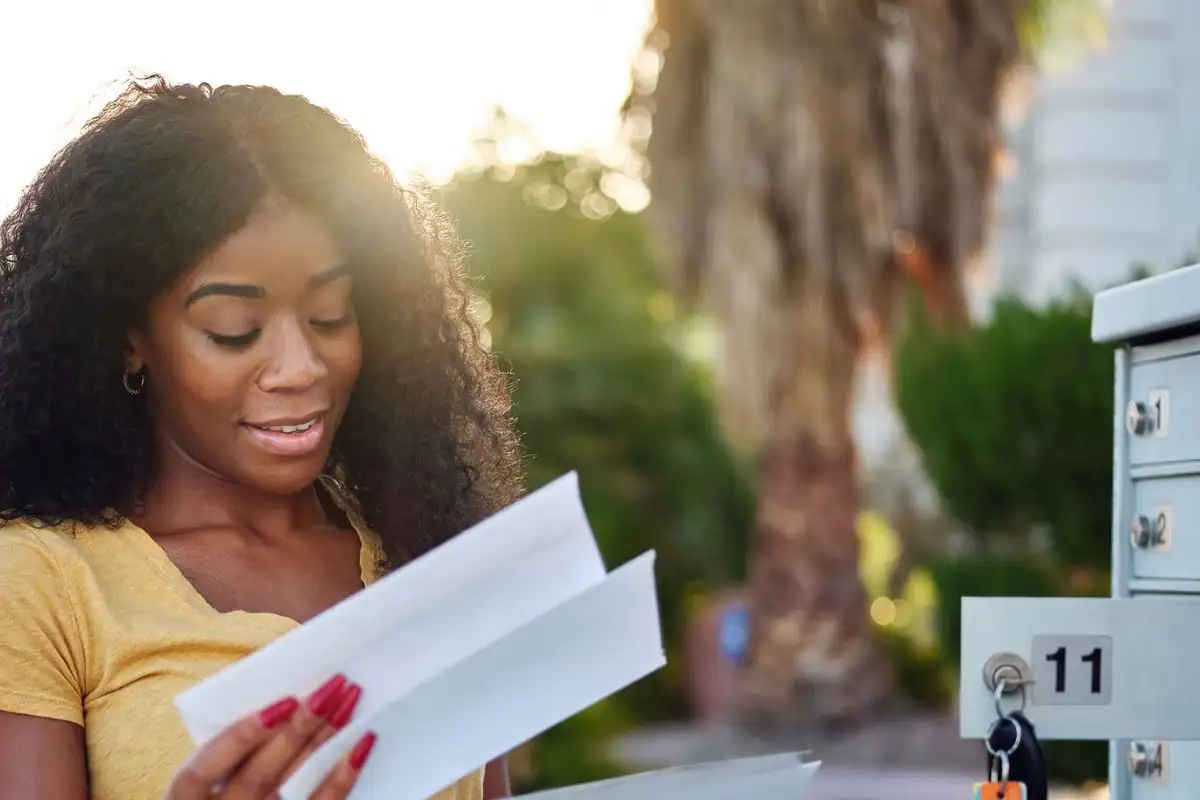
Advertisement
How Do You Pay for a Money Order?
When buying a money order at a bank or credit union, the amount is directly deducted from your account. Elsewhere, you’ll need to pay in cash or with a debit card. While you can use a credit card, it’s important to know that credit card companies often treat money order purchases as cash advances, which come with high fees and interest rates.
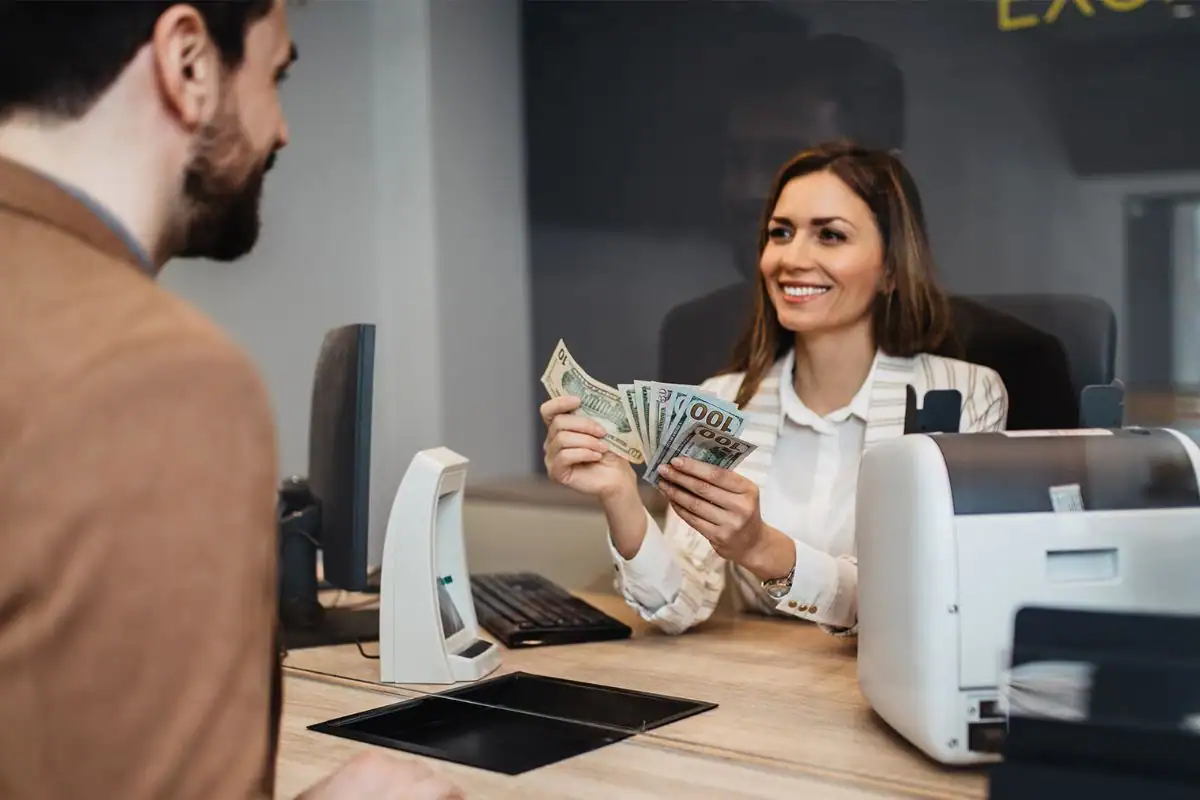
Advertisement
How to Purchase a Money Order
To buy a money order, simply tell the issuing establishment the amount you need and provide the payment. Once the money order is printed, write the recipient’s name in the “Pay to the order of” section. Until you do this, the money order is as good as cash, meaning anyone who holds it can cash it. This step is essential for security.
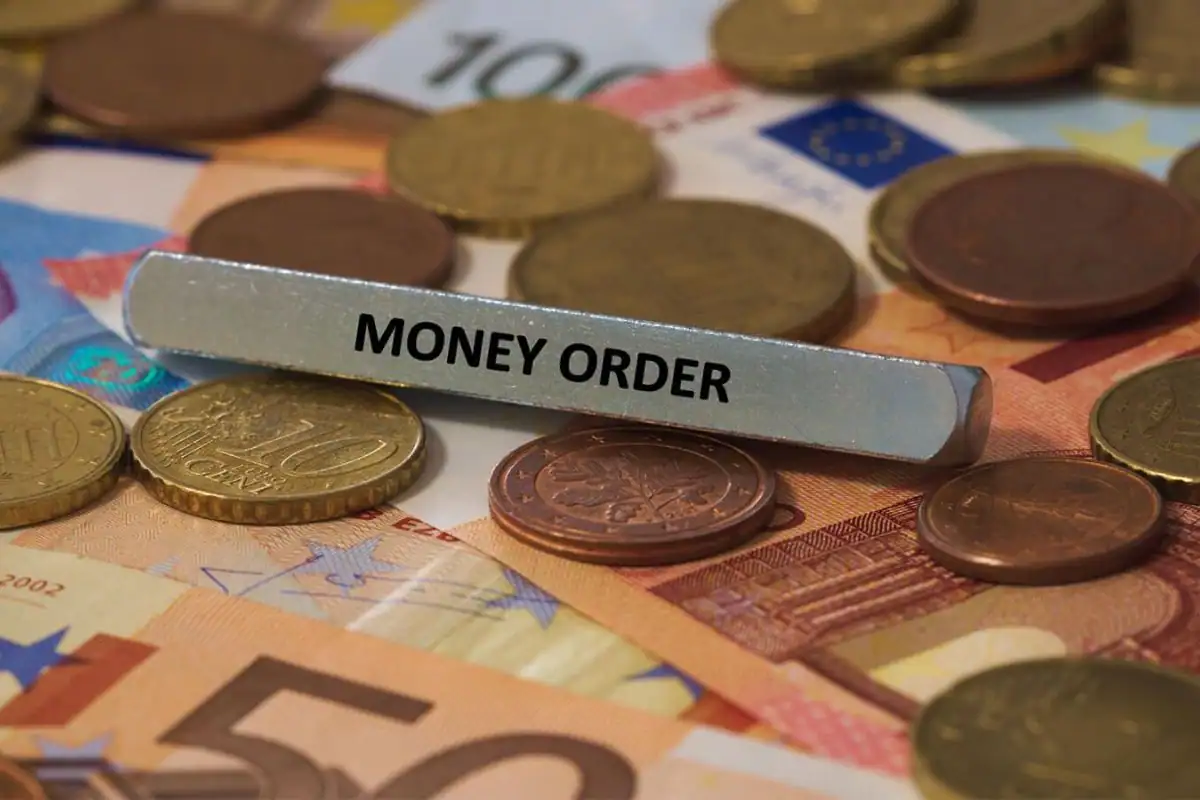
Advertisement
Can You Cancel a Money Order?
Yes, you can cancel a money order, much like stopping a personal check. However, you must have your receipt, or the cancellation process can become much more difficult. Ideally, return to the place where you purchased it to begin the cancellation process. Expect to pay a fee ranging from $6 to $30 for this service.
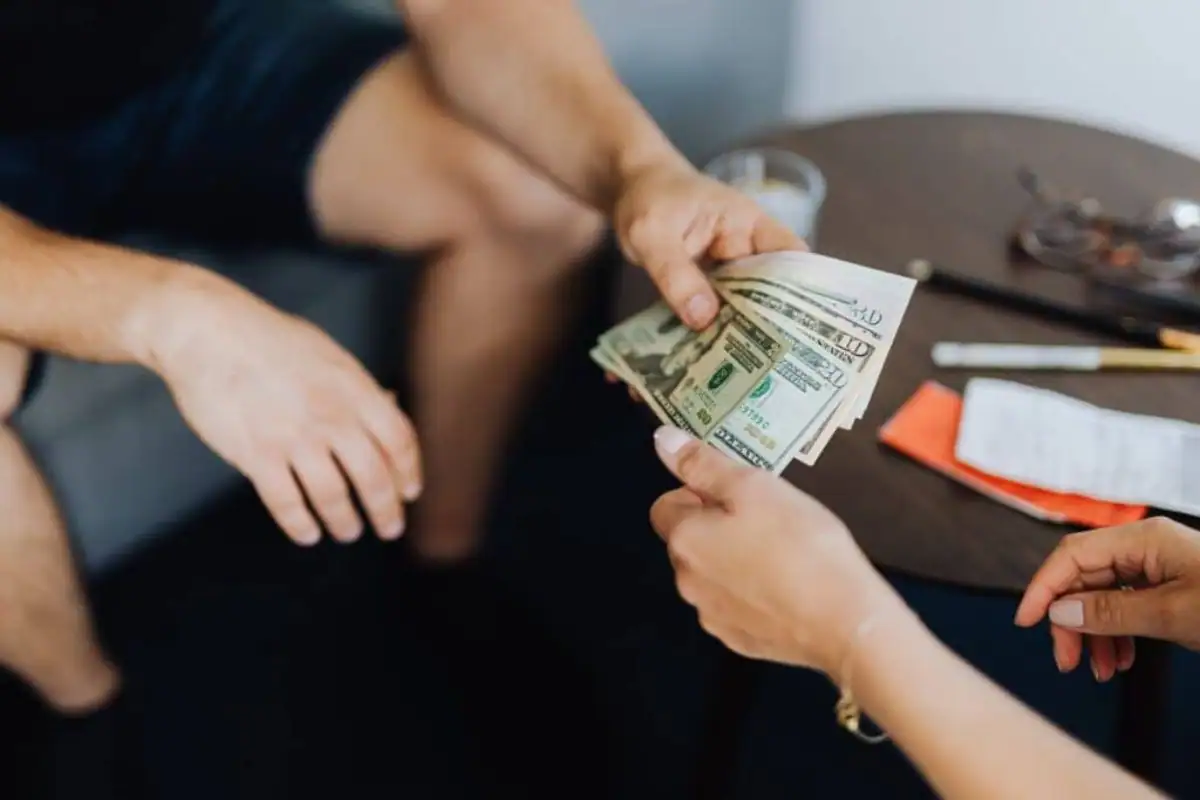
Advertisement
Where Can You Cash a Money Order?
To cash a money order, your best bet is to go to a branch of the establishment that issued it. For postal money orders, visit the post office. If a bank issued it, go to one of their branches. Some convenience stores and grocery stores may also cash money orders, but they might charge a fee. You can always deposit a money order into your bank account, where it’s treated as cash.

Advertisement
How Much Money Can You Transfer with a Money Order?
Money orders are typically capped at $1,000. If you need to send more, you may have to buy multiple money orders, which means paying multiple fees. For transferring larger sums, consider using a cashier’s check, which is better suited for higher amounts.
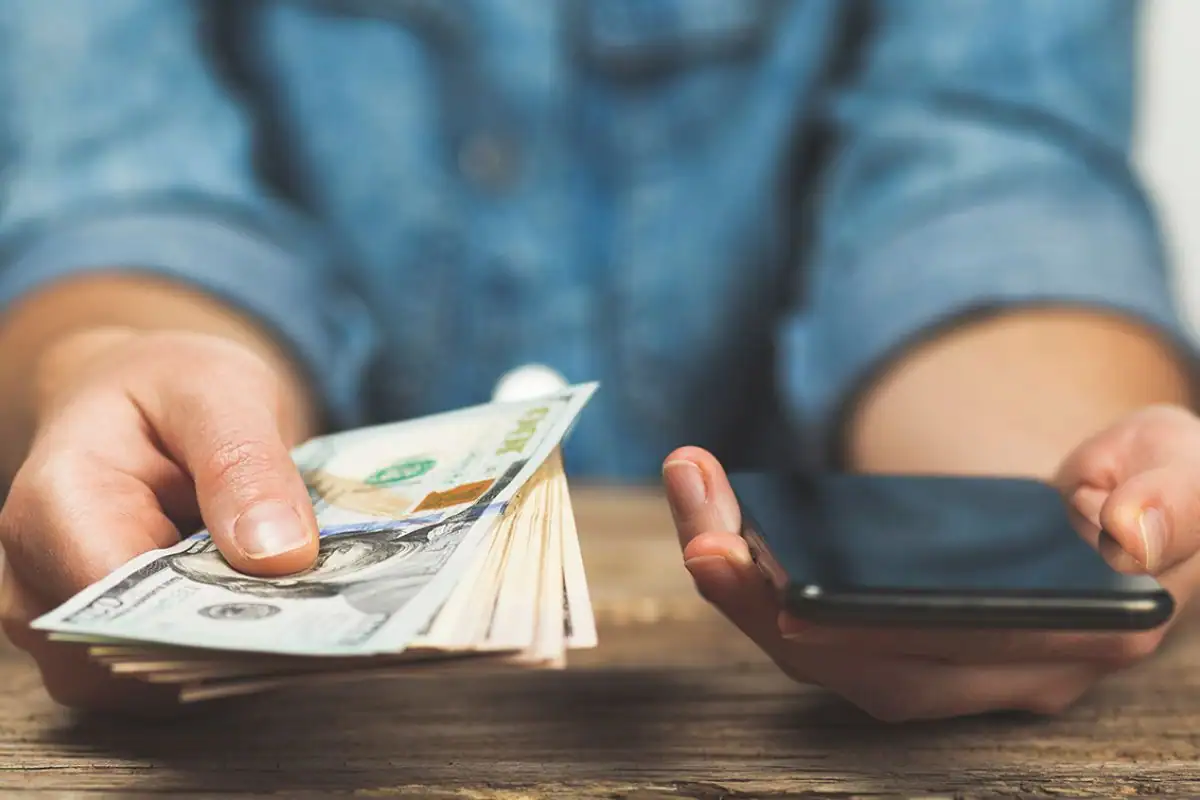
Advertisement
Can You Track a Money Order?
Yes, money orders can be tracked. Your receipt will include a tracking number, which you can use to confirm that the recipient received the money. If there’s an issue and the money order isn’t delivered, you’ll need to return to where you purchased it and start the cancellation process.
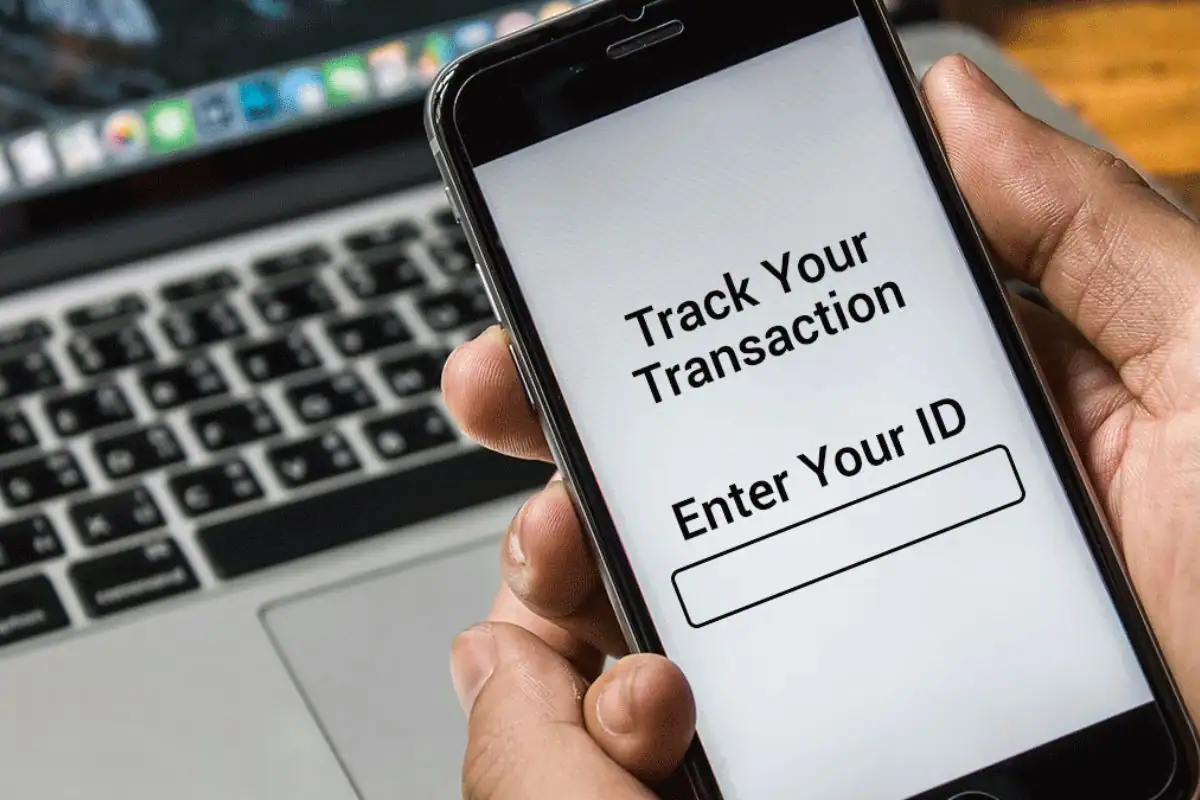
.png)




